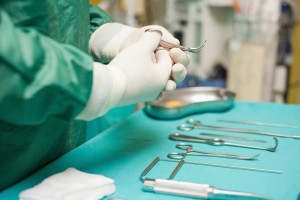There are a variety of treatment modalities to treat blocked coronary arteries: drugs, bypass surgery, and vessel-clearing procedures like angioplasty. In Elyria, Ohio, doctors are four times more likely to direct patients towards angioplasty. This procedure typically involves threading balloon catheters through arteries and sometimes placing drug-coated stents to unblock them.
Virtually all the procedures at the Elyria hospital are performed by a group of cardiologists who dominate cardiovascular care in Elyria. These doctors have a unique enthusiasm for angioplasties which, relative to the other available treatment options, is the most profitable. Medicare pays Elyria’s community hospital, EMH Regional Medical Center, about $11,000 for an angioplasty involving the use of a drug-coated stent.
There is no medical malpractice action to be had for this high rate of angioplasties which is probably why this practice has gone on unchecked (although the insurance companies and Medicare are growing concerned at the cost of these procedures and have investigated). This reminds me that medical malpractice lawyers in Maryland and around the country serve a great public utility to keep patients safe. You often hear how doctors complain that medical malpractice lawyers make them practice medicine too defensively. This seems like a tough argument because the federal government’s data shows that 100,000 people die from medical malpractice every year. But perhaps this is so. But if this also means that doctors will take a little extra care to avoid committing medical malpractice, I do not care what the motive is. It is a good thing. In fact, one would think even doctors themselves, considering this medical malpractice statistic, would not mind the legal community keeping them on their toes with so many lives at stake.





